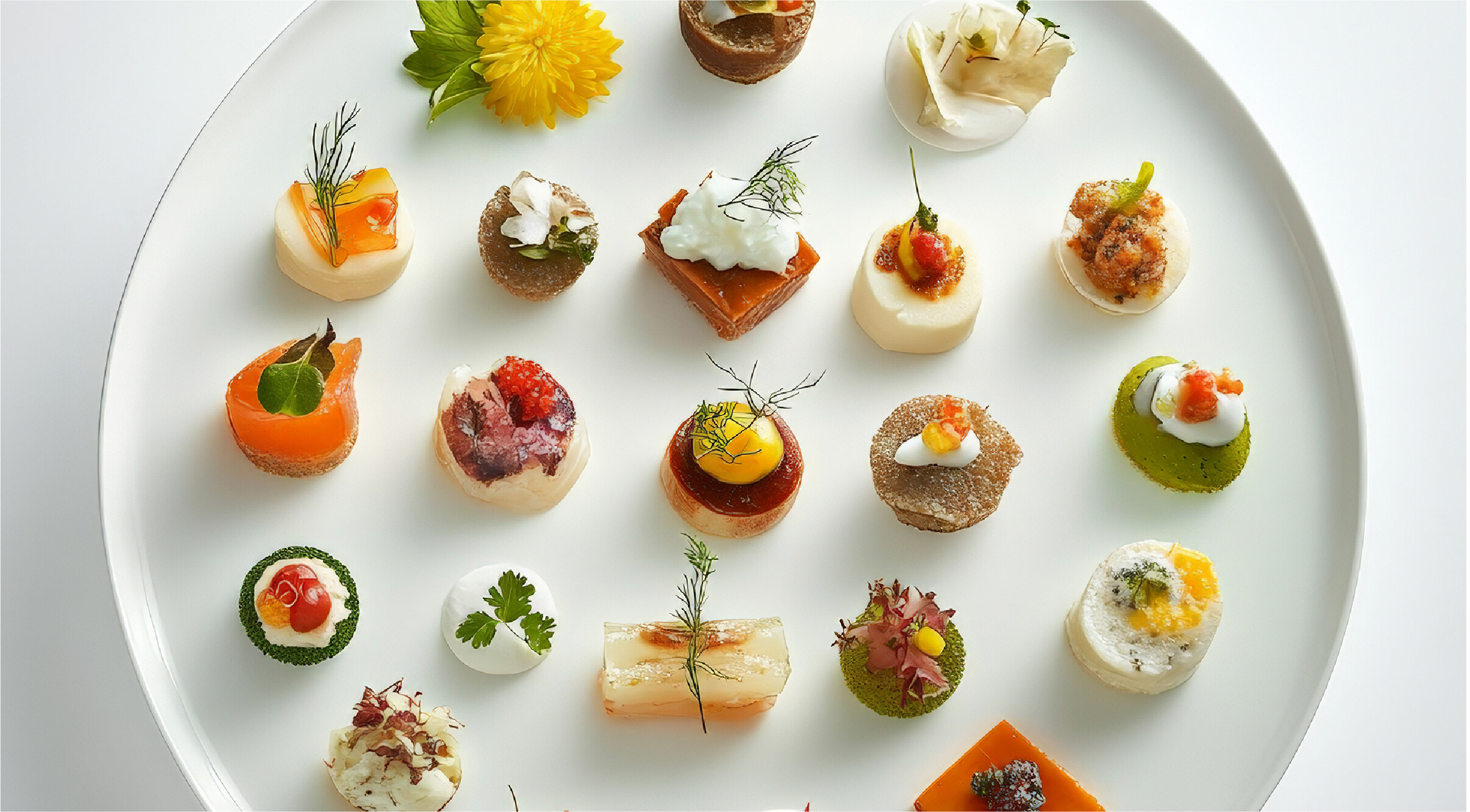What Is Maximalist Flavor?

Think of maximalism as a symphony, not a solo. It’s about combining contrasting or complementary elements - sweet, heat, sour, umami - to create flavor fireworks. Where once a product might have featured a single dominant note, today it might blend chili, citrus, and caramelized onion in one go. It's the difference between lemon water and lemon Thai basil soda with a yuzu twist.
Maximalism is also a texture story: layered sauces, crunchy inclusions, swirls, and sprinkles that engage all the senses. It thrives in categories from cocktails to confections, and it plays well with global mashups, dramatic plating, and bold color palettes.
Why Consumers Love Maximalist Flavors
Maximalist flavors cater to a new kind of eater - one who’s curious, emotionally driven, and overstimulated by digital life. In an era when attention spans are short and options are endless, intense and unexpected flavors break through the noise. These profiles trigger feelings of nostalgia, indulgence, or pure novelty - each bite becomes a sensory event.
This trend also reflects a shift in consumer behavior. People want foods that feel like a treat, even if they’re functional or better for you. A mushroom chocolate bar might still tout adaptogens, but now it delivers them with cayenne and salted peanut crunch.
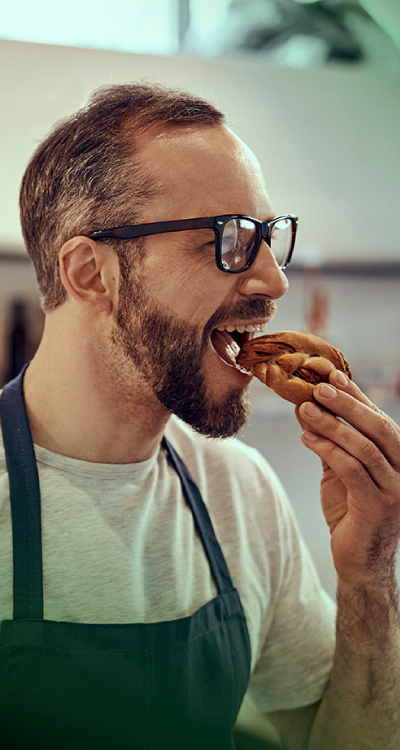
Maximalism in Action: Here’s where we’re seeing maximalism thrive
What This Means for Product Developers
For R&D teams, maximalism opens the door to creative freedom. It’s an opportunity to revisit old favorites with bold new twists or explore mashups that challenge the palate. It also demands a close partnership with flavor developers who can help balance complexity with cohesion.
Layering flavors requires precision. It’s not just about throwing everything in.It’s about building intentional profiles that surprise and satisfy. From a technical perspective, formulators may need to consider how different notes bloom across time or interact with texture.
And visually, maximalism requires products and packaging to work together. A bold bite deserves a bold brand presence. Maximalist food often looks the part: vibrant packaging, extreme close-ups, and color-coded layers that match the flavor experience.
Conclusion
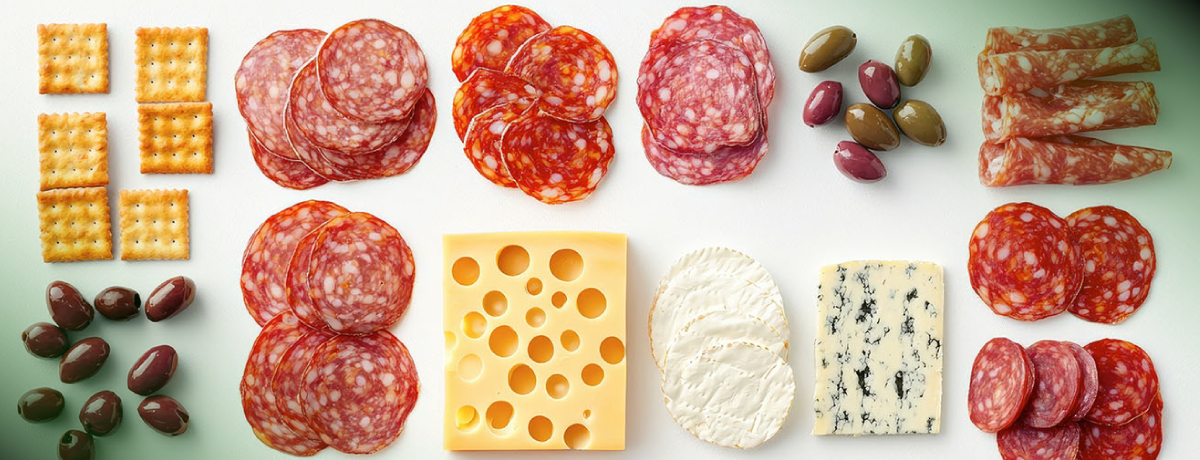
Insights & Trends
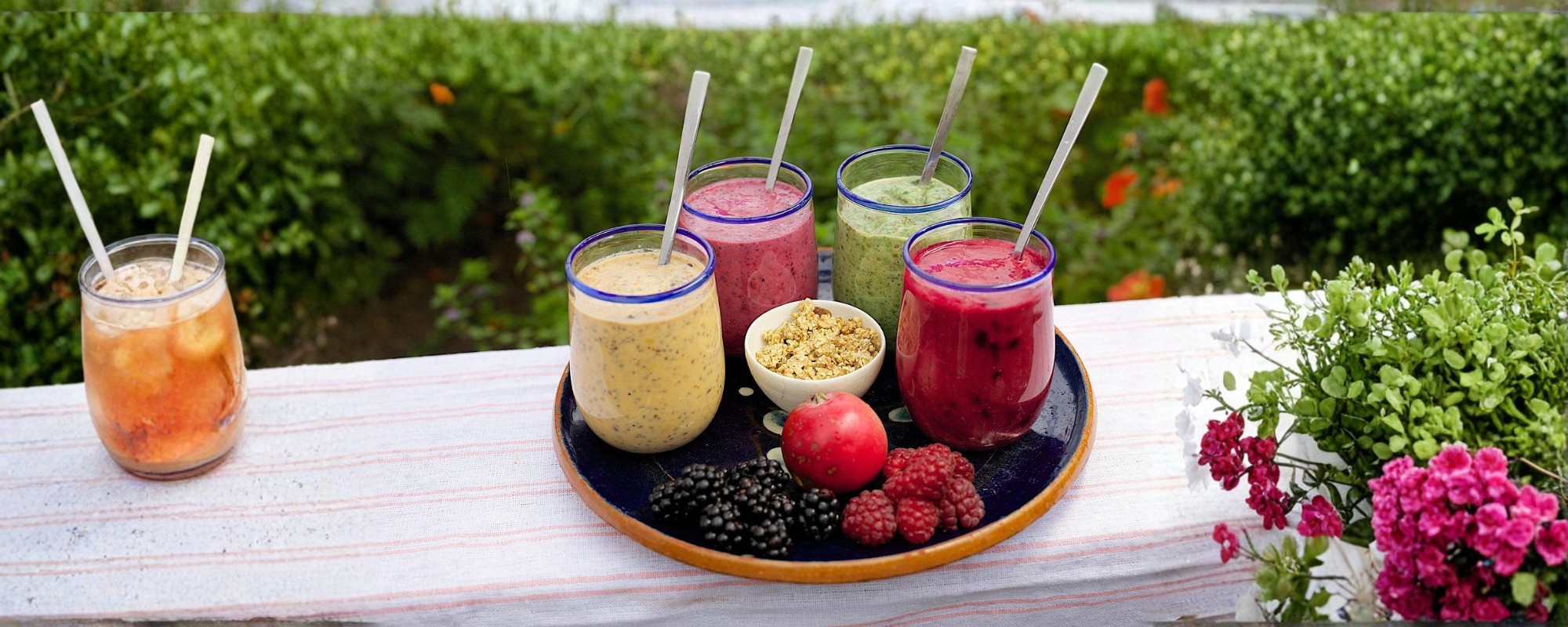
Function in Disguise

When Texture Talks Louder Than Taste
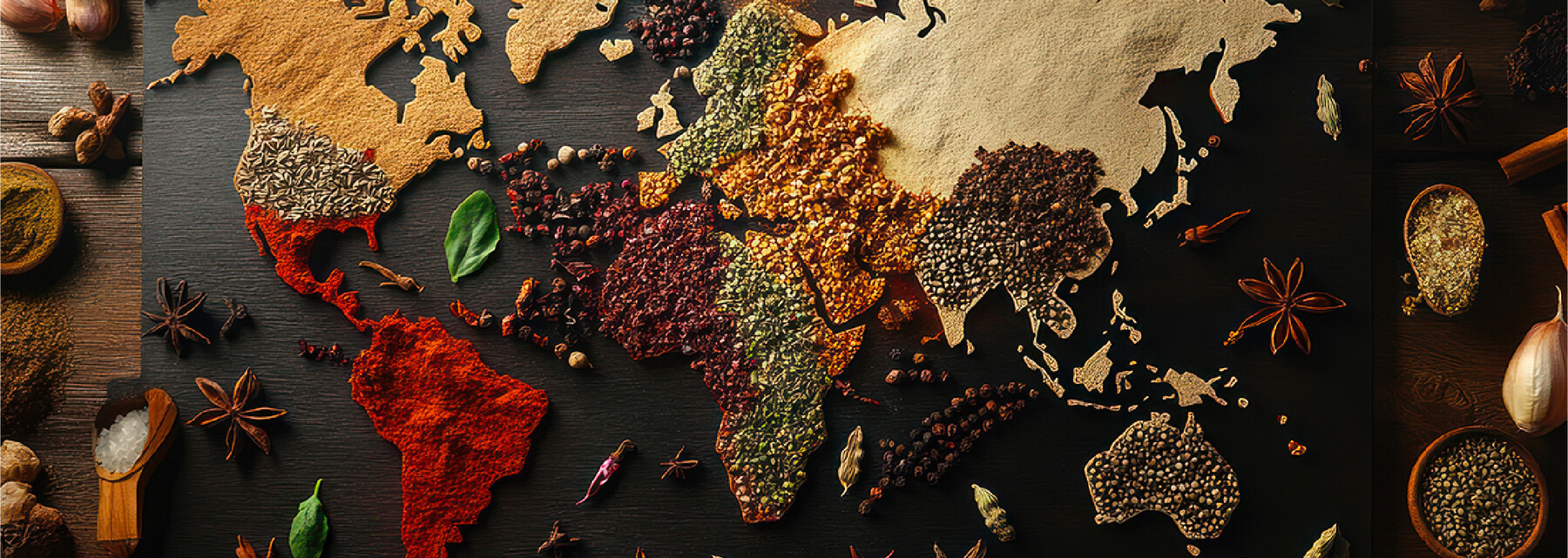
Spice. Sprinkle. Savor.
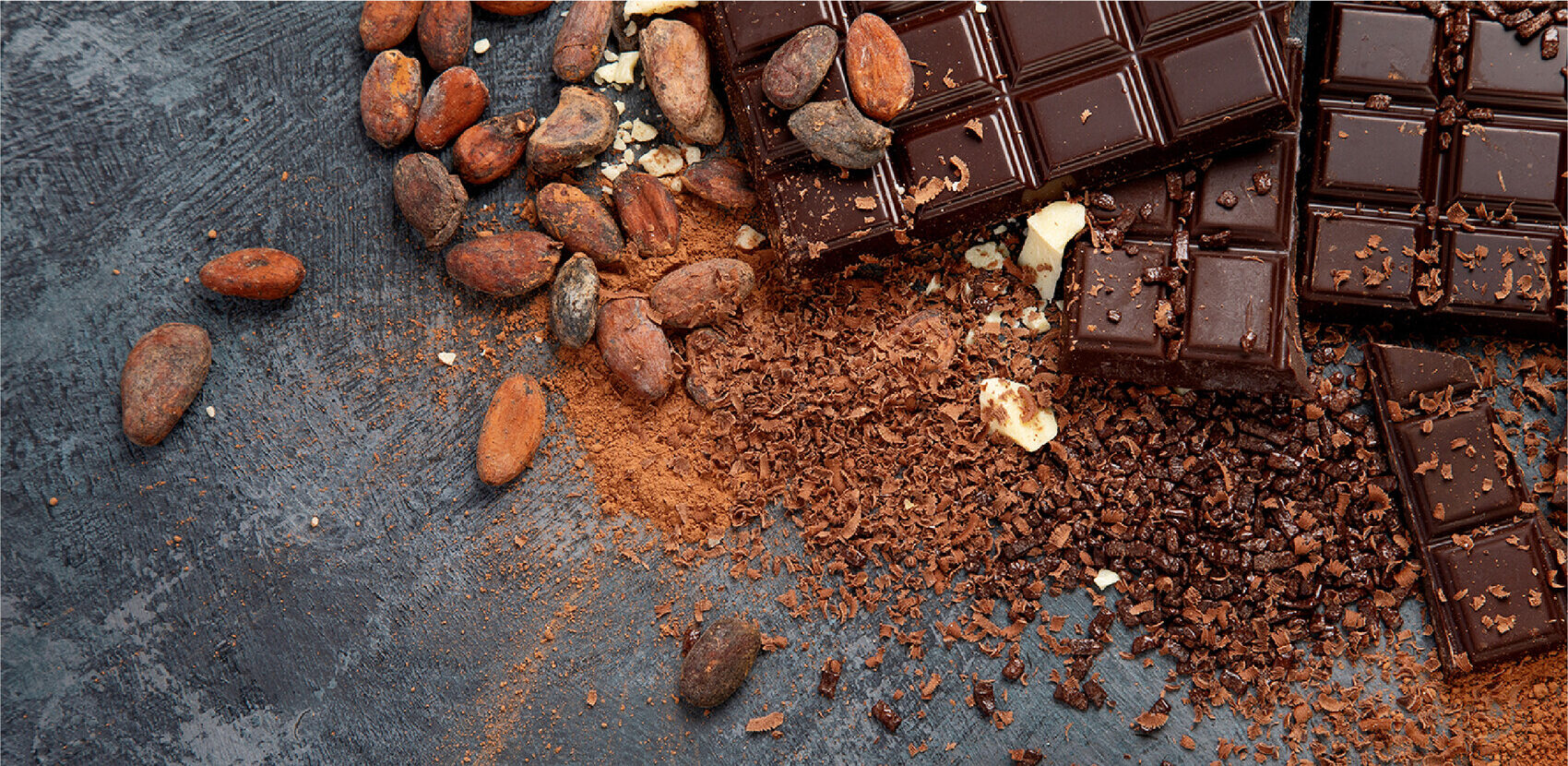
When Less Is More

From Snack to Savor

Precision Fermentation
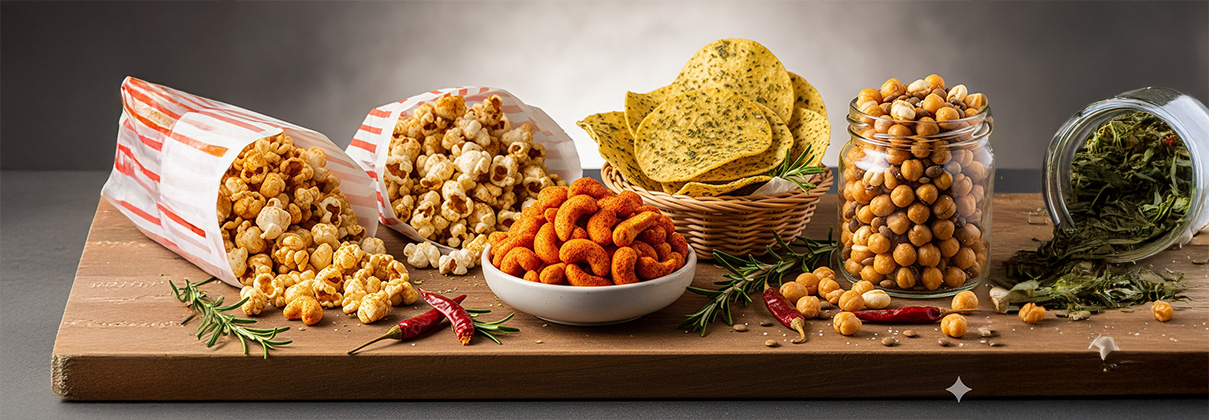
Snackification Nation
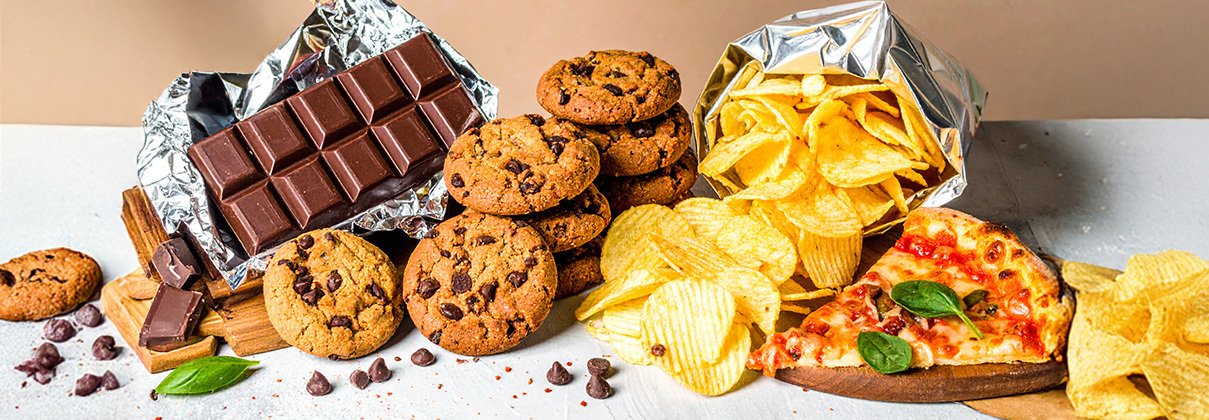
Snack to the Future

Fizz With Benefits
